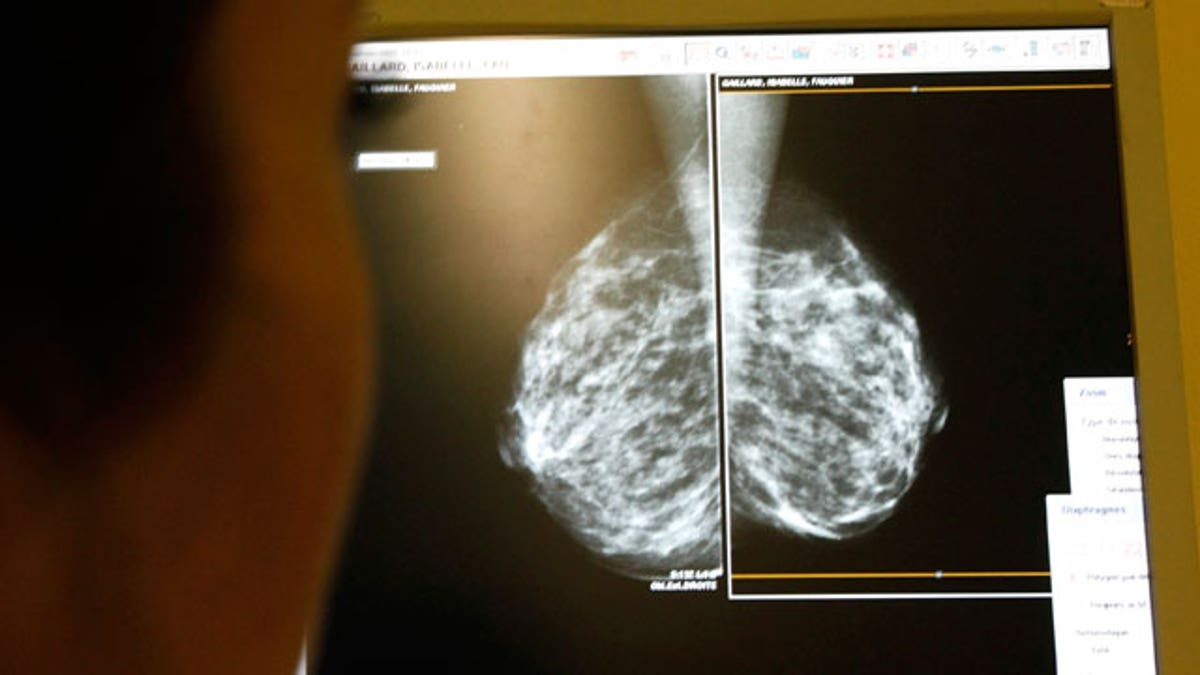
Differences in the health and tumor characteristics of white and black women with breast cancer at the time of their diagnoses may be largely to blame for the disparity in survival between the two groups, a new study suggests.
Disparities in treatment quality are not the main problem, the researchers conclude, after finding that if differences in the women's overall health and the degree to which the cancer had advanced at the time of diagnosis were eliminated, the survival gap would shrink dramatically.
"The remarkable thing we found is that three-year disparity went down to about one year," said Dr. Jeffrey H. Silber, the study's lead author and the Nancy Abramson Wolfson Endowed Chair in Health Services Research at The Children's Hospital of Philadelphia.
Currently, the U.S. National Institutes of Health estimates that about 12 percent of women will be diagnosed with breast cancer and about 89 percent of them can be expected to be alive five years later.
Previous studies, however, have found large differences in the five-year survival rates of black and white women diagnosed with breast cancer.
In an attempt to find a cause for that gap, Silber and his colleagues used a new statistical model to compare one group of 7,375 black women with breast cancer to three separate groups that each included 7,375 white women with breast cancer.
All the women were in Medicare, the U.S. government-run health insurance for the elderly and disabled, and all were over 65 years old when they were diagnosed between 1991 and 2005.
The researchers found the five-year survival for black women with breast cancer was about 56 percent. That compared to about 69 percent for white women with breast cancer who were matched to the black women by age and year of diagnosis.
That overall difference between racial groups remained virtually unchanged during the 15-year period analyzed.
But when the researchers compared the black women to a group of white women matched for general health and tumor characteristics at time of diagnosis, the survival gap shrank from 12.9 percentage points to 4.4 percentage points.
And within that comparison, when the researchers also matched the women for the treatment they got, the gap further shrank by less than one percentage point.
Based on the findings, Silver said that focusing on ways to improve black women's overall health and the characteristics of their tumors at the time of their diagnoses would do more to reduce the gap in survival rates, compared to improvements in treatment.
"It appears that the presentation is far more important than the disparity in treatment," he said.
Dr. Jeanne Mandelblatt, who co-wrote an editorial accompanying the new study in the Journal of the American Medical Association, said the report has several limitations that may underestimate the effect of improving treatment in black women.
"What I'm concerned about is that women will take away the message that treatment isn't important, and that's the wrong message," she said.
"The major limitation of this study is that the authors didn't have data on hormonal therapy. So, I think they underestimated the impact of treatment," said Mandelblatt, associate director for population sciences at the Georgetown University's Lombardi Comprehensive Cancer Center in Washington, D.C.
Silber, however, said that other research has found little difference between Medicare-aged black and white women with breast cancer and whether they receive hormonal therapy.
"We agree with Dr. Mandelblatt that treatment is very important. We would never want to see a disparity in treatment. What we're saying is that you're not going make a major dent in the survival disparity unless you address the presentation disparity," he said.
Silber added that his team is currently digging deeper into the data to find what should be specifically targeted to address the differences in presentation - the health and tumor traits - at the time a woman is diagnosed.
"You have to really solve the presentation problem before you can really get rid of the disparity," he said.
Dr. Leonard Lichtenfeld, deputy chief medical officer for the American Cancer Society, also pointed out that these disparities may represent differences in income and education that also impact health.
"Research by the American Cancer Society shows similar disparities come from socioeconomic and education status," Lichtenfeld, who was not involved with the new study, said.
"This research will hopefully once again bring attention to the problem and show people this is real and something needs to be done," he added.
